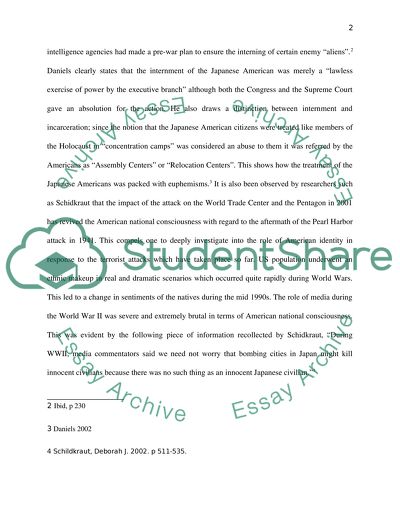Cite this document
(“The internment of Japanese-, German- and Italian-Americans during Research Paper”, n.d.)
Retrieved from https://studentshare.org/history/1457300-the-internment-of-japanese-german-and-italian
Retrieved from https://studentshare.org/history/1457300-the-internment-of-japanese-german-and-italian
(The Internment of Japanese-, German- and Italian-Americans During Research Paper)
https://studentshare.org/history/1457300-the-internment-of-japanese-german-and-italian.
https://studentshare.org/history/1457300-the-internment-of-japanese-german-and-italian.
“The Internment of Japanese-, German- and Italian-Americans During Research Paper”, n.d. https://studentshare.org/history/1457300-the-internment-of-japanese-german-and-italian.


